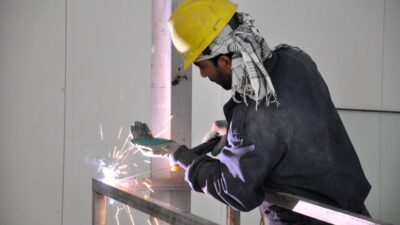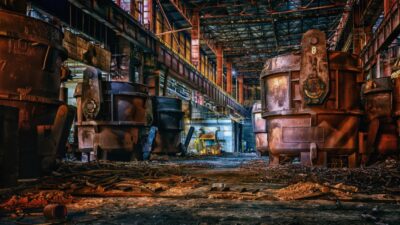Most Scientists and the General public know that typical working environments where Asbestos was a hazard include shipyards, metal works, railway lines, automobile workshops, etc. But what most people don’t know is the fact that US Army and War Veterans who worked in the military were also at great risk of Asbestos exposure.
In fact, the U.S. Department of Veterans Affairs estimates that over 25 million Veterans and individuals living in the US have served in the military, and hundreds of thousands of these people have been exposed to toxic Asbestos substances.
Because of its resistance to heat & fire and insulating capabilities, Asbestos was very popular in the military sites. In fact, Asbestos became so popular that the US Military made it mandatory for its use, before starting to ban it in the early 1970s.
The military estimates that it used over 300 Asbestos containing products in its operations between the 1930s and 1970s.
The most popular area of the military sites where Asbestos was used was the shipyards. Common areas included engine & boiler rooms, sleeping quarters, navigation rooms and meeting halls.
Common Asbestos containing products used in the military and shipbuilding sites included ship brakes, gaskets, cement, valves, pipe coverings and more. US Naval boats and ships that commonly used Asbestos for insulation purposes included:
- Aircraft carriers
- Airships
- Battleships
- Cruisers
- Destroyers & Escorts
- Frigates
- Minesweepers
- Patrol boats
- Submarines
- United States Coast Guard Auxiliary
The image above on the left is of the Brooklyn Navy Yard, which was a very popular shipbuilding & production yard in World War II. It housed a production powerplant, radio station, 2 steel shipways, 6 pontoons and more. It employed over 16,000 people in World War I, thus you can imagine the amount of Asbestos exposure that might have occured during this period.
US Military & War Veterans are in a state of dilemma and confusion because they cannot seek compensation against the US Government through the courts system as they are prohibited to do so. Why the US Government? Because the military is run by the US Government, thus the government was technically the employer of these shipyard workers & navy personnel.
However, veterans are allowed to apply for Veteran Affairs (VA) benefits for those suffering from Asbestos induced diseases. The veteran must provide proof that his disease is due to service in the US military and occupational Asbestos exposure on the job.
What’s more, the veteran must also prove that his asbestos exposure was solely due to military service, and not as a result of other means such as consuming asbestos containing products, such as hair dryers, heat guards, etc.
If this is the case, the Veteran will be asked to seek compensation from Asbestos manufacturing companies, which could likely result in lawyer referrals and lawsuits.
Note: At the moment, the U.S. Department of Veteran Affairs does not recognize Mesothelioma lung cancer as a disease resulting from service on the US military.
War & Military Veterans also run the risk of spreading their Asbestos exposures to their families and friends through environmental exposure. This is because they carried asbestos fibers on their hair, clothes, shoes, jackets, etc.
For instance if the wife washes her husband’s shirt that has asbestos fibers on them, she runs the risk of inhaling these fibers in to her lungs. Between 1930s – early 1950s, there was not much information out there about the hazards of Asbestos and environmental or occupational exposure to Asbestos and its harmful effects.
However, beginning the 1950s, there was some information being published out there emphasizing the hazards of Asbestos use. Thus, there is no reason why employers, both the US Government, US Military and other corporations should not have taken care when making their employees handle Asbestos containing products.
There is a small chance that War & military veterans were not made aware of the dangers of Asbestos because employers knew the length of time it takes to develop Asbestos related diseases; between 20 – 40 years after initial occupational exposure.
Thus, these employers thought they could gain a lot of money by using Asbestos containing products, as well as not being held accountable for their negligence.
Royani













